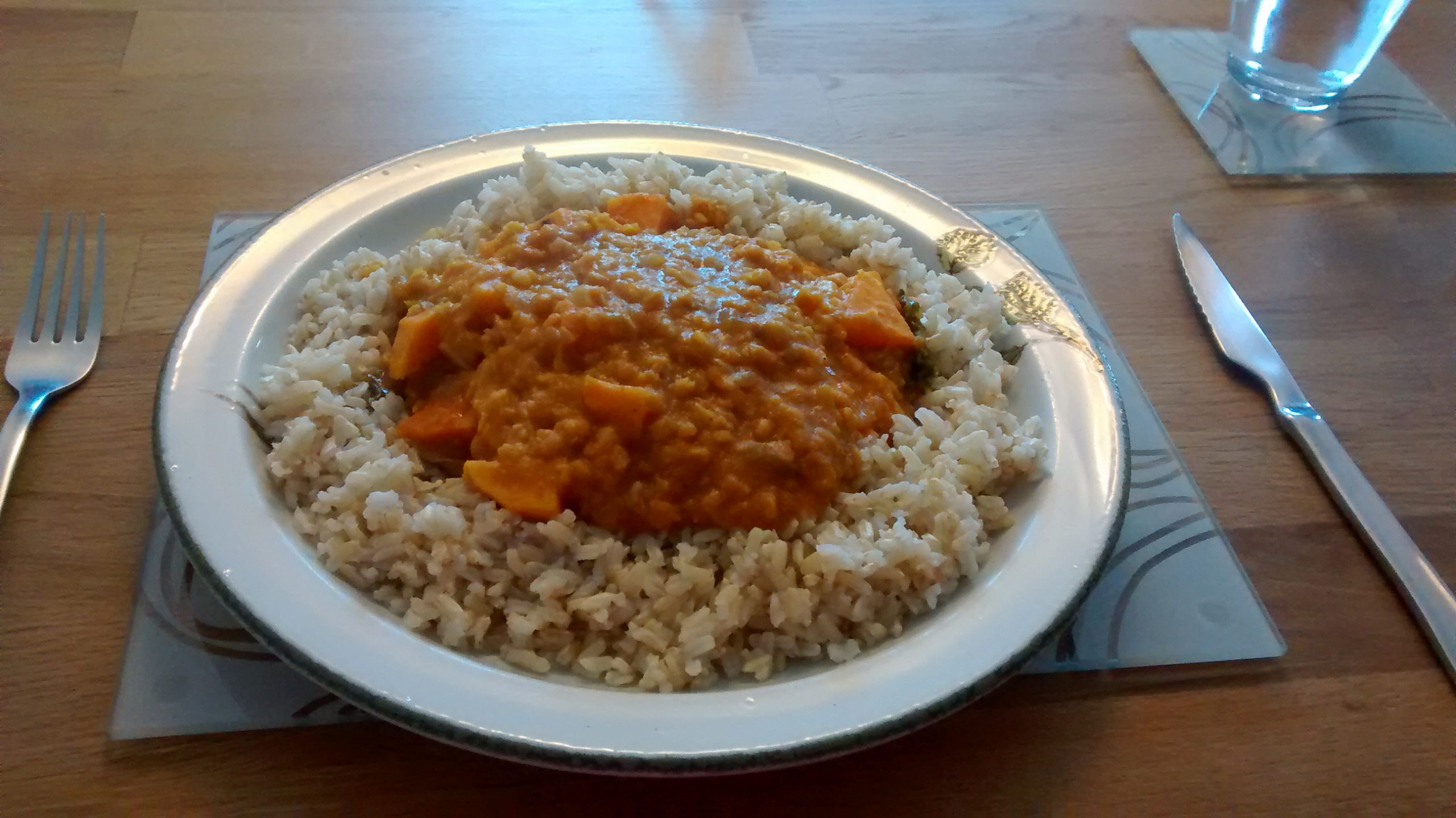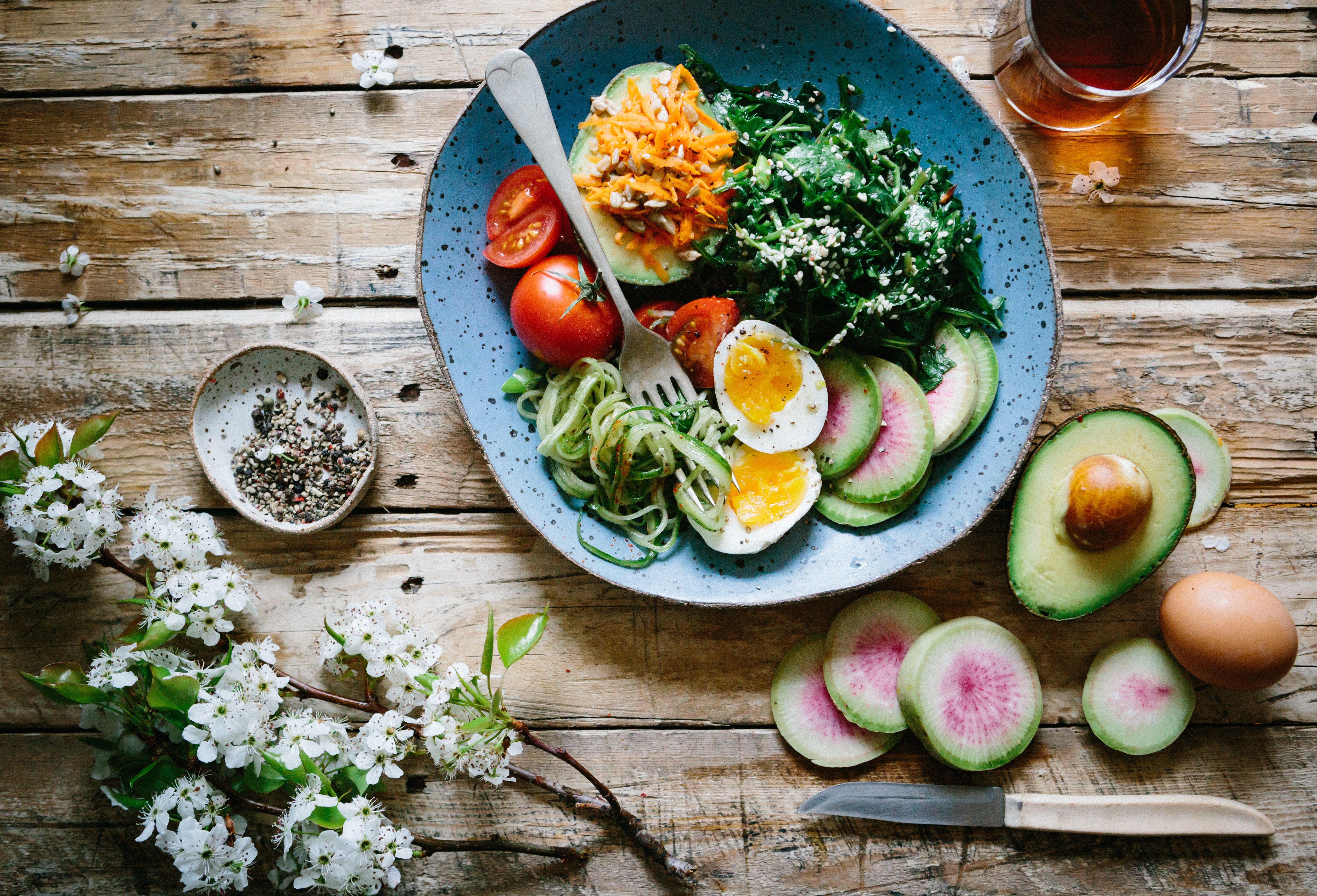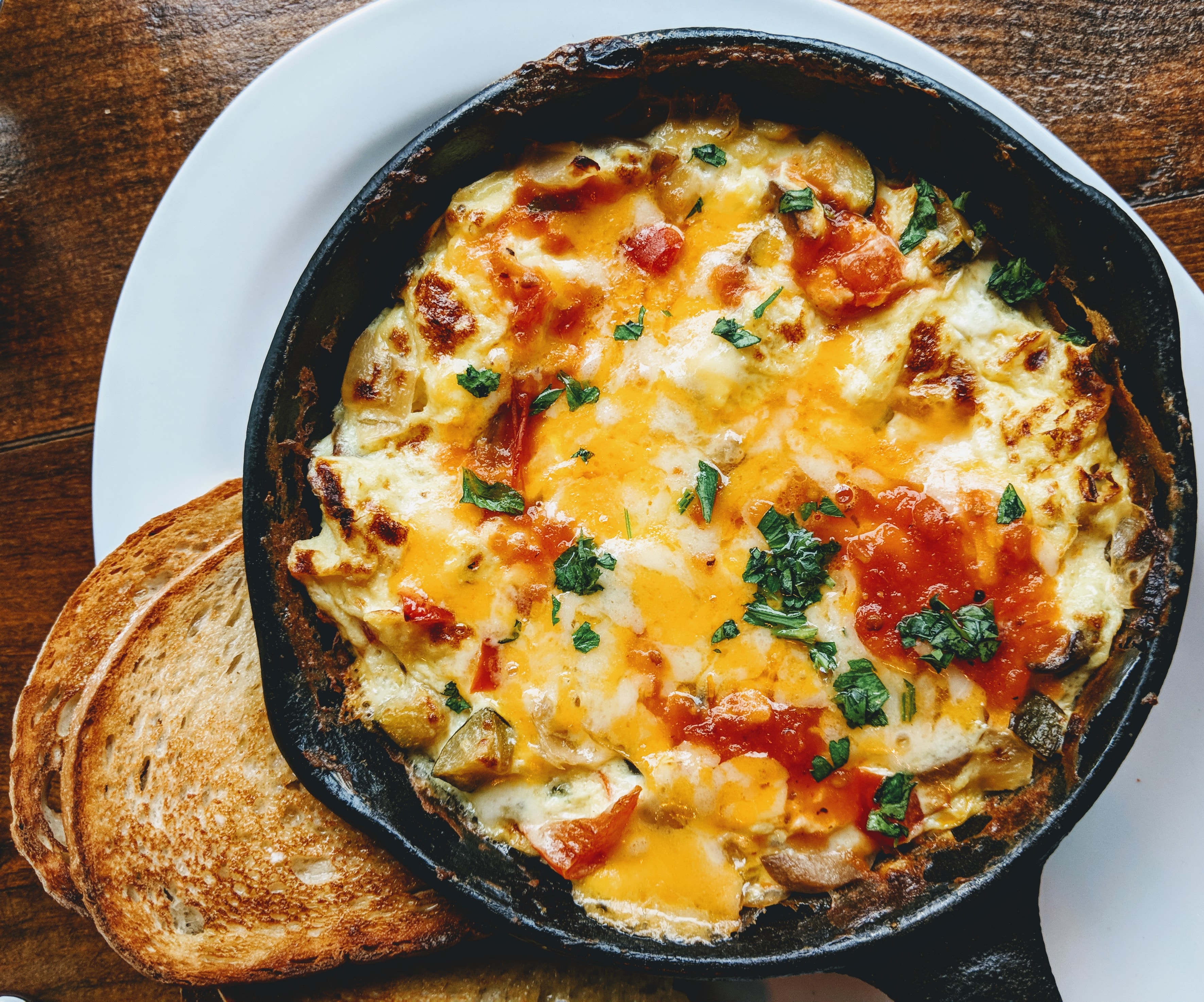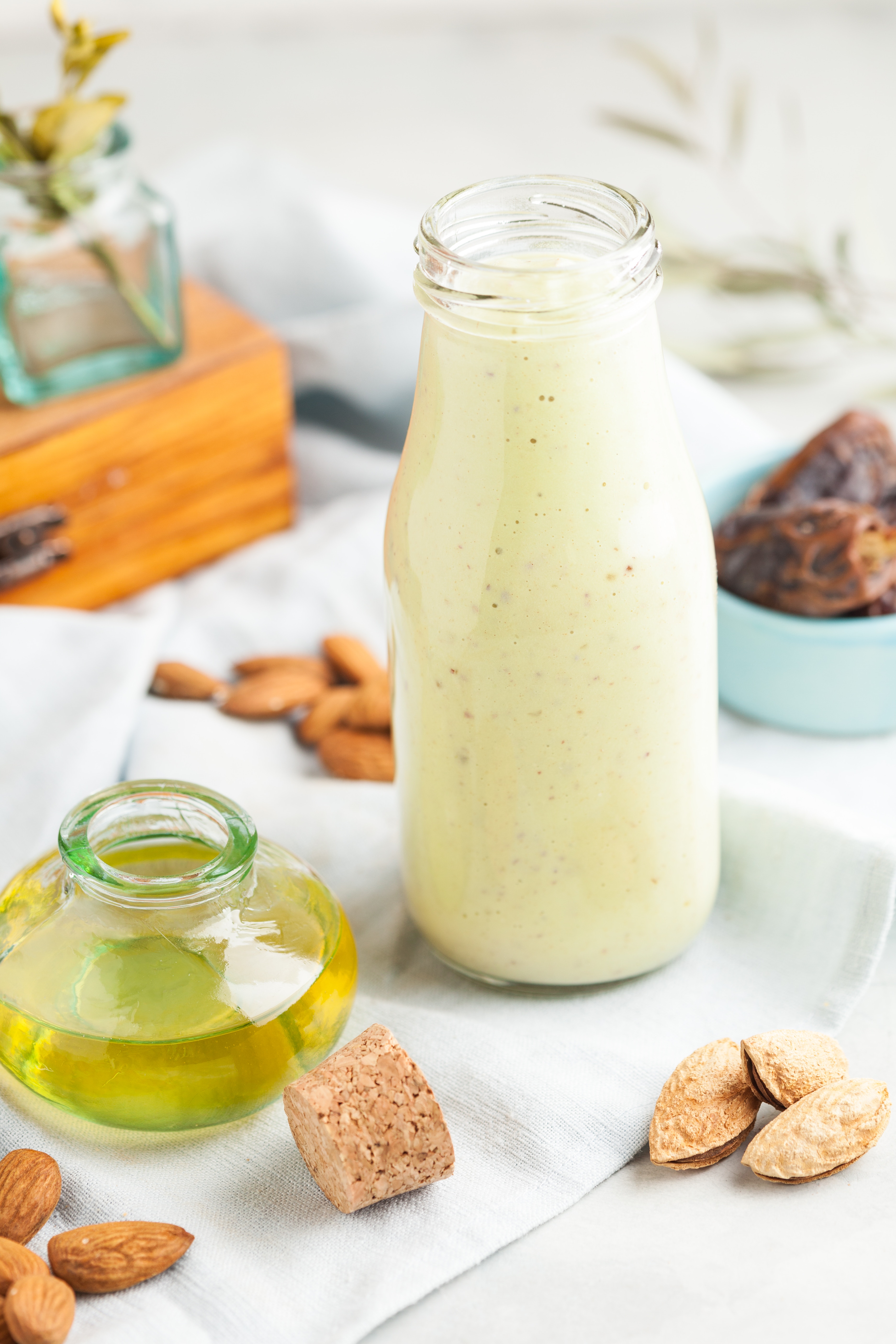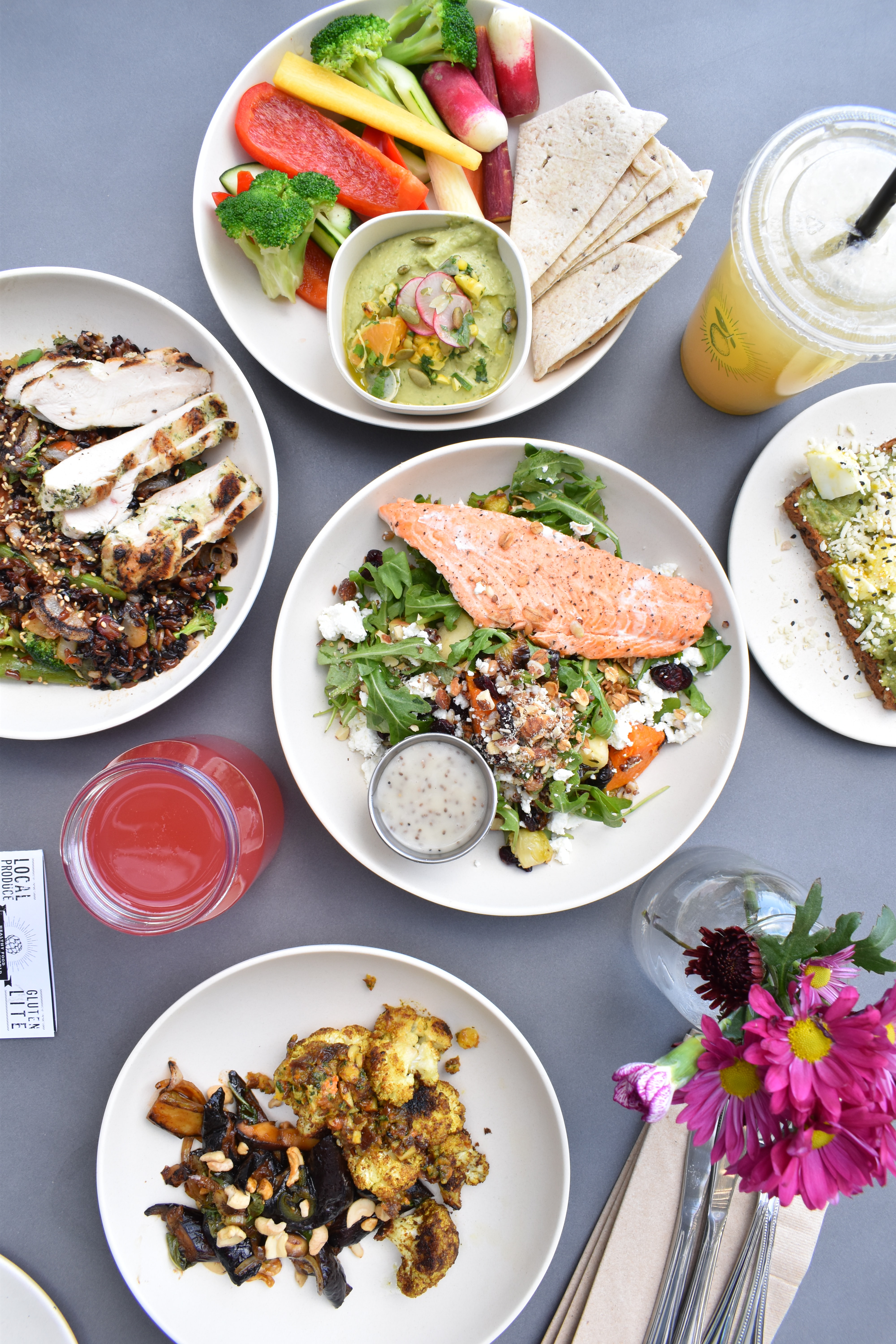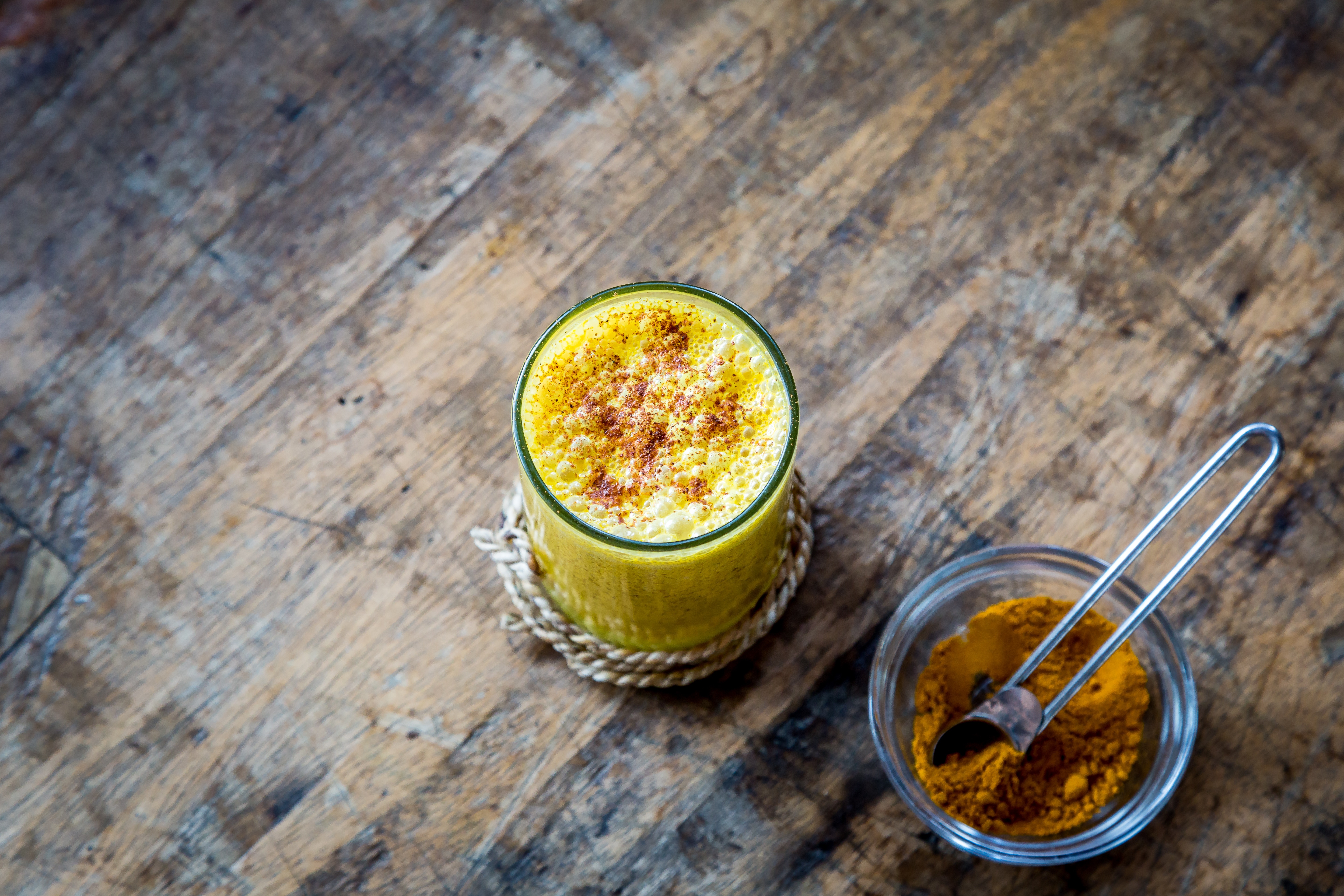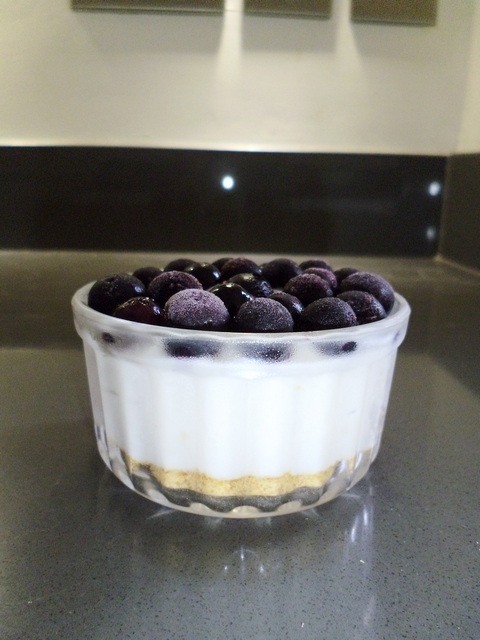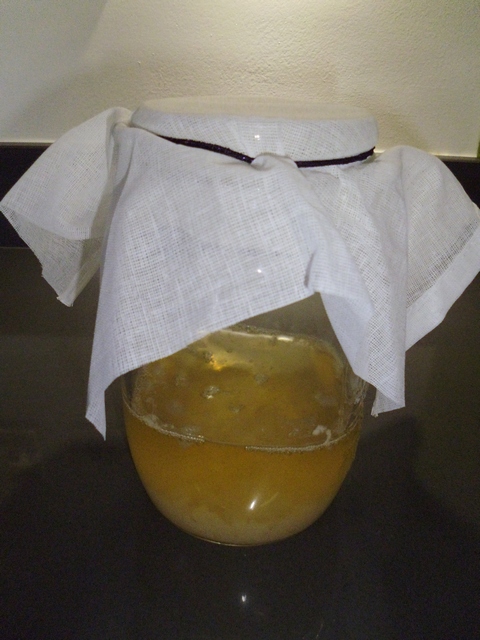If you’re reading this, then you’re likely or are considering how to go dairy-free . You may have a food intolerance, have been told to eliminate dairy, or just want to have less of it.
Either way, dairy is not an essential nutrient, and there are lots of things you can have instead. Dairy foods include not just milk, but also yoghurt, butter, parmesan, and ice cream!
Calcium is important for bone health and there is a good amount in dairy products but don’t worry. There are lots of other foods that contain calcium such as broccoli, almonds, tahini, salmon, collard greens and spinach.
Dairy-free products are becoming more and more popular. Nowadays you can easily find them in the grocery store. But read your labels! Some contain way too much sugar, or other ingredients you may not want to eat or drink.
Read below to learn how to go dairy-free.
I’ve put together some simple recipes to make delicious dairy-free foods right in your kitchen. Go ahead and try my dairy substitutes.
Delicious dairy-free milk
Dairy-free milk is so easy to make and flavour yourself. You can make milk out of just about any nut or seed. You can even make alternative milk out of grains like rice, oats, or quinoa. And you can flavour them too.
It just takes a high-powered blender, some water, and cheesecloth to filter out any remaining bits.
For flavouring, you can add a pinch of cinnamon, cardamom, or vanilla extract. You can also sweeten your milk with soaked dates, maple syrup, or honey.
To make a super-simple dairy-free milk just soak ½ cup of almonds, cashew, coconut, or even hemp seeds for a few hours (if you have the time). Soaking is optional, but it makes the blending process easier and the final milk creamier. Then drain the soaking water, rinse, and add to a blender with 2 cups of fresh water. Blend on high until smooth (about 1 minute). Add your flavourings, if desired. Then strain through a nut milk bag, fine mesh strainer, or a few layers of cheesecloth.
If you want to make a dairy-free cream, just blend your nuts, seeds and/or grains with 1 cup of water instead of 2 for a thicker, creamier, dairy-free milk.
Delicious dairy-free yoghurt
Technically, with the right yoghurt starter probiotic culture, you can make yoghurt out of any dairy-free milk. The most common one to ferment into yoghurt is coconut milk. But you can use almond milk or other nut or seed milk.
The trick here is with the fermentation. Follow the instructions on the label of the yoghurt starter culture, and enjoy delicious dairy-free yoghurt in a few days.
Delicious dairy-free butter alternatives
Have you tried coconut oil? It’s a great dairy-free substitute for butter. You can fry with it, or even bake with it. You can even use it to pop popping corn in a pot on your stove.
I love the mild flavour of coconut oil in anything I bake with bananas. It tastes better than butter anyway.
Delicious dairy-free parmesan
If you haven’t tried nutritional yeast, you will be pleasantly surprised at how much it tastes like grated parmesan. Plus, it contains some B vitamins as well.
It’s a salty, cheesy, flaky powder that you can use wherever you want to add a pop of savoury flavour to any dish.
TIP: After you’ve popped your popcorn, sprinkle it with a bit of nutritional yeast for a salty, cheesy flavour.
Delicious dairy-free puddings
Did you know you can make a delicious and thick pudding without dairy? That’s right; the plant kingdom has some natural thickeners that are full of fibre.
You can make a chocolate pudding with avocado. Take one whole avocado and blend it up with ¼ cup cocoa powder, ¼ cup dairy-free milk, 1 tsp vanilla extract, and honey or maple syrup to taste. Then add dairy-free milk to thin if desired.
For chocolate chia pudding, use ⅓ cup chia seeds and place in food processor with 1.5 cups dairy-free milk. Wait for 5-10 minutes until the seeds soak up the liquid. Then add ¼ cup cocoa powder, tsp vanilla extract, and honey or maple syrup to taste. Blend into a smooth pudding.
Delicious dairy-free ice cream
Chocolate almond ice cream is another delicious dessert made with frozen bananas. I’ve included the recipe for this below.
Conclusion
Dairy-free is easy! Making delicious dairy-free yoghurt, milk, butter, parmesan flavour, and even pudding and ice cream is simple.
Are you going to try any of these recipes? Do you have a great one to share as well?
Reply to this email and let me know.
Recipe (dairy-free): Chocolate Almond Ice Cream
Serves 2
Ingredients
2 bananas, chopped and frozen
1 tbsp cacao powder, unsweetened
2 tbsp almond butter, unsweetened
Instructions
Add chopped frozen bananas to a food processor. Pulse or lightly blend until almost smooth. Add cacao powder and nut butter. Pulse or lightly blend until mixed.
Serve immediately & enjoy!
Tip: Try different nut and/or seed butter. Or instead of cocoa powder and/or seed butter, use just the bananas with a ½ cup of frozen berries. The recipe combinations are endless.





